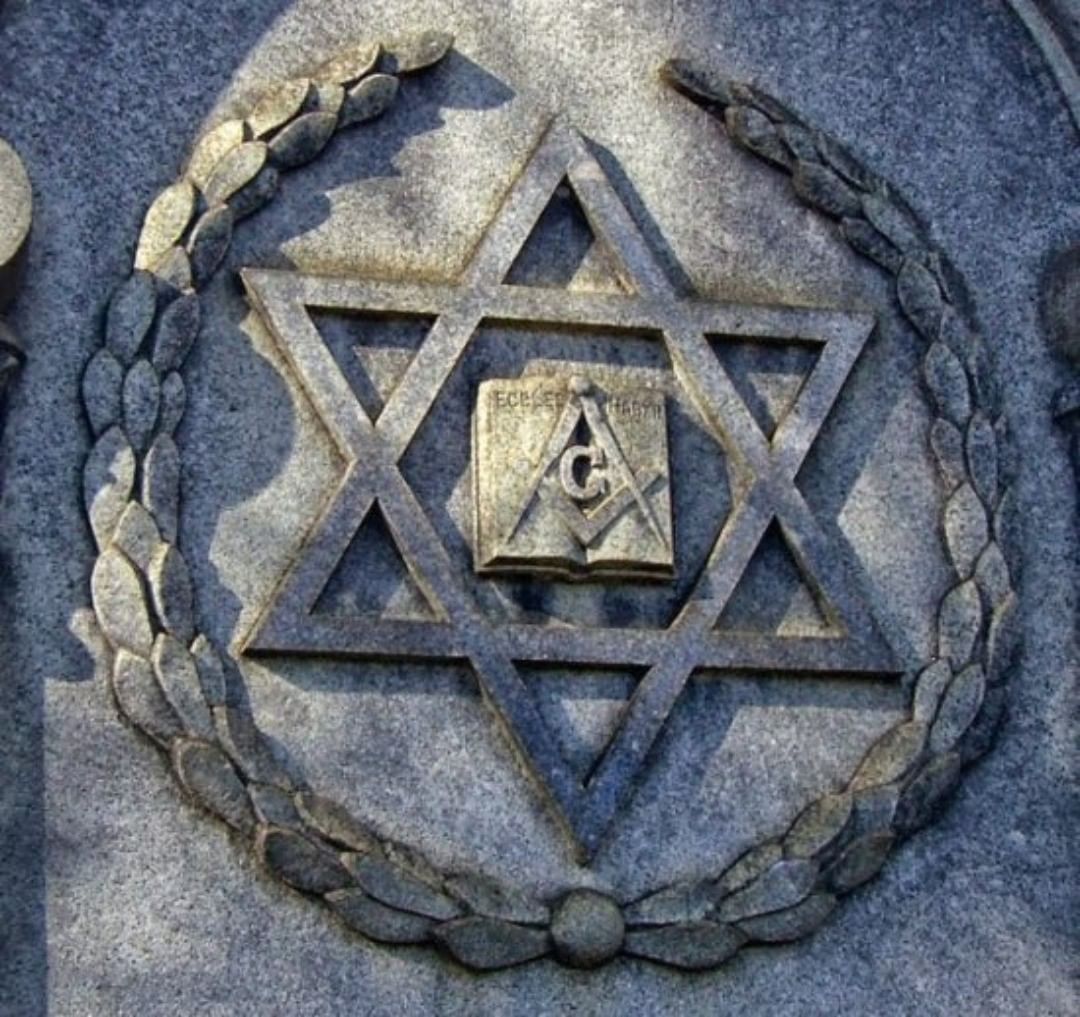On the wall in Masako Karino’s room are photographs of her son, Tatsuya – a
smiling 11 year-old who was swept away by the tsunami that swallowed the
school, and his eight-year-old sister, Misaki.
Tatsuya liked to draw, and framed pictures of fantasy deities and sunflowers
are propped against the wall. He had a globe and knew the different
television stations in countries around the world. When he grew up, Tatsuya
wanted to design computer games.
“Misaki was very cheerful and bubbly,” Mrs Karino adds in a quiet,
controlled voice. “But she was also competitive and she hated to lose
at anything. She had a unicycle, but she would never wear trousers – it was
always a skirt or a dress, no matter the weather. I kept telling her that
she would fall off and scrape her knees, but she never listened to me, so
she kept falling and cutting her knees.”
On the afternoon of March 11, Mrs Karino had been frantically trying to get
home after the earthquake struck, but the roads were blocked. Her husband
attempted to find a way along the high embankment that protected their
community from the river, but the tsunami had already overcome it and
destroyed dozens of homes.
Soon it was dark and they had no choice but to wait for daybreak. After a
sleepless night, Mr Karino climbed through the pine forests that separate
their valley from the school. “He saw water all around the school,”
Mrs Karino says. “He knew straight away there was little chance they
could have survived.”
Of all the individual tragedies that befell north-east Japan one year ago, few
are more poignant than that which occurred here.
The school is the only building that still stands in a scoured landscape.
Homes, shops, hospitals, the local community centre have all been
eradicated. A year on, trucks are hauling away the last few piles of
collected debris.
The salty smell of the sea is mixed with the stench of the black mud that
remains coated across the village. In the elementary school not a window
remains intact but the concrete shell stands, with blackboards still in
place and a mural of children in different national costumes. Two wooden
desks salvaged from the debris are stacked on top of one another in an empty
classroom. Plastic sheeting flaps in the bitter wind.
The hill that stands behind the school and offered the children sanctuary is
unmarked.
As soon as they were able, parents started looking for their children.
One day, after lifting lumps of shattered wood and twisted metal in the
remains of village, Mr Karino discovered the security alarm that all
Japanese children are issued with that belonged to his son. “He picked
it up and it started buzzing,” Mrs Karino said. “He couldn’t turn
it off so he just held it between his hands and brought it all the way home.
When he got here, it stopped.”
Tatsuya’s body was found on March 22. Without warning, his alarm sounded again
in the night of April 1. The following day, Misaki’s body was discovered.
The alarm has not gone off since.
“It has been nearly a year now, but it seems as if it all happened just
yesterday,” says Mrs Karino. “We have gone through all the rites
for when a person dies and I am aware that they are no longer with us, but I
still get the feeling that they are here.
“Because we live a long way from the river, we did not lose our home or
any of our belongings, so the only thing that is missing is the children and
hearing them come home in the afternoon.”
Mrs Karino has returned to her job, for a construction company in Ishinomaki,
because it helps take her mind off things, she said.
Her husband has arguably taken their loss worse and keeps saying that he
wished he had spent more time with the family and not at work.
Mrs Karino said the local authorities had offered counselling – albeit four
months after the disaster – but she does not have the strength to be angry
about all that happened any more.
Not all the bereaved parents feel the same way, however.
Naomi Hiratsuka was locked in an animated discussion with a town official in a
hard hat just yards from the school where her 12-year-old daughter, Koharu,
was also among those killed.
For the past 10 days, a one-mile stretch of a tributary of the river had been
dammed to enable the first search of the area, but heavy rain and snow had
filled a pool above the dam and authorities said they had no choice but to
release the water.
“We have pleaded with them not to, to give us a few more days, but they
say it’s not possible,” says Mrs Hiratsuka, 38.
“It’s the same old story; they have not done enough for us,” she
said.
“Everything that they have done is too little, too late.”
It took a long time for the searchers to discover Koharu’s body and she was
only found, on Aug 8, about 3 miles away in the neighbouring Naburi Bay. In
the meantime, Mrs Hiratsuka completed a course in operating heavy machinery
and used a rented digger to help with the search.
Even after Koharu was found, she continues the search for the other missing
children.
“In the morning, I send my other two children to school and then I come
here and dig all day,” she says. “I’ll take a break for lunch and
then start again. When it gets dark, I’ll go home and make dinner for the
family.
“That is my life now,” she says with a shrug.
Methodically, Mrs Hiratsuka’s digger rakes over a stretch of ground that used
to be someone’s garden. Nothing remains standing between the river and the
base of the pine-clad hill to the south.
One year on, the death toll from the worst natural disaster to befall Japan in
living memory stands at 15,846, with a further 3,320 still listed as
missing.
In towns such as Ishinomaki, Minami Sanriku and Ofunato, heavy machinery has
cleared away most of the debris and left order of a sort. The remnants of
these communities are being sorted – with typical Japanese thoroughness –
into mounds of plastic, piles of wood that has come from buildings, lengths
of lumber and metals.
Other victims of the disaster – such as the cargo ship the Kyoutokumaru, which
is propped upright on the foundations of a home in Kessenuma, with a
burnt-out car beneath its keel – will take longer to remove. All along the
coast, diggers and trucks are in constant motion taking away the physical
reminders of a tragedy. Next weekend, on March 11, a priest will come to the
Karino family home to perform solemn rites and the relatives will gather to
mark an unwanted anniversary.
Mrs Karino says: “I understand what has happened and I know that they are
not coming back, so there are times when the lows are very low and I don’t
think that I am coping very well at all.
“But we have to go on,” she added. “That is why my husband and
I have decided to have another child.”
Related posts:
Views: 0
 RSS Feed
RSS Feed













 March 2nd, 2012
March 2nd, 2012  FAKE NEWS for the Zionist agenda
FAKE NEWS for the Zionist agenda  Posted in
Posted in  Tags:
Tags: 
















